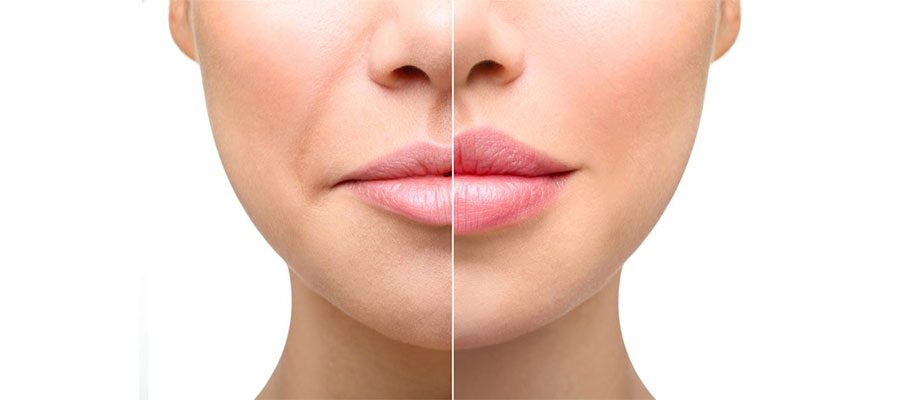
Facial Filler Treatments
Facial Filler Treatments: Effective Solutions for a Natural and Youthful Appearance
Hello, I'm Assoc. Prof. Dr. Arzu Akçal. At my clinic in Antalya, we provide facial filler treatments that restore volume to your skin, maintain moisture balance, and offer a natural youthful glow. Filler treatments are an effective solution to issues such as aging, sun damage, or volume loss, and when applied according to facial anatomy, they create a natural and aesthetic appearance.
History and Development of Fillers
Filler treatments have held an important place in aesthetic medicine for many years:
- 1893: The first filler material, autologous fat injection, was applied by Gustav Neuber.
- 1900-1935: Paraffin fillers were used but abandoned due to side effects.
- 1962: Liquid silicone was tried but discontinued due to severe side effects.
- 1981: Bovine collagen fillers were applied but yielded unsatisfactory results.
- 1997: Hyaluronic acid fillers began being used internationally and are now the most preferred filler type due to their safety and effectiveness.
Hyaluronic Acid: The Gold Standard in Filler Treatments
Hyaluronic acid is a natural component of the body found in skin, bone, and connective tissue.
- High water retention capacity enhances skin hydration, elasticity, and resilience.
- Reduced levels of hyaluronic acid due to aging and sun damage cause dryness, loss of elasticity, and wrinkles.
Hyaluronic acid fillers address these deficiencies, rejuvenating the skin and adding volume.

Types of Fillers Used in Facial Treatments
-
Absorbable (temporary):
- Hyaluronic acid
- Collagen
- Autologous fat (fat tissue taken from the body)
-
Semi-absorbable (semi-permanent):
- Poly-L-lactic acid
- Calcium hydroxyapatite
-
Non-absorbable (permanent):
- Polyacrylamide
- Polymethylmethacrylate
As a plastic surgeon and physician, I recommend hyaluronic acid and autologous fat fillers for their natural and reliable results.
What Are Crosslinked and Non-Crosslinked Hyaluronic Acid?
- Crosslinked hyaluronic acid: Molecules are crosslinked to enhance volume-providing effects. This filler type, with high water retention capacity, is typically used in deeper planes (over bone and subcutaneous areas).
- Non-crosslinked hyaluronic acid: Contains small molecules, breaks down quickly, and is preferred for superficial wrinkle treatments.
When Are Filler Treatments Not Recommended?
Filler treatments should not be performed under the following conditions:
- Infections, acute or chronic diseases, or herpes lesions in the application area
- Allergy to filler products
- Pregnancy or breastfeeding
- Autoimmune diseases
Can Fillers Be Applied to Individuals Under 18?
It is not recommended. Filler treatments are suitable for individuals who have completed skin and facial development.
Common Complications
Complications that may occur after filler treatments include:
- Mild tension, pain, bruising, or swelling
- Rarely: Nodules, granulomas, infection, filler migration, skin discoloration, necrosis
Common Areas for Facial Filler Applications
Facial filler treatments are commonly applied to the following areas:
- Forehead
- Eye area
- Mid-face (cheekbones)
- Nasolabial folds
- Mouth area
- Chin
The Trusted Address for Facial Filler Treatments in Antalya
At my clinic in Antalya, we perform facial filler treatments tailored to facial anatomy to achieve natural and aesthetic results. Our goal is to highlight the natural beauty of your face while minimizing signs of aging.
Contact Us and Discover Your Natural Beauty
For more information about facial filler treatments or to schedule an appointment, contact our clinic. We look forward to welcoming you for treatments that enhance your facial contours, leaving you with a younger, dynamic, and attractive look.